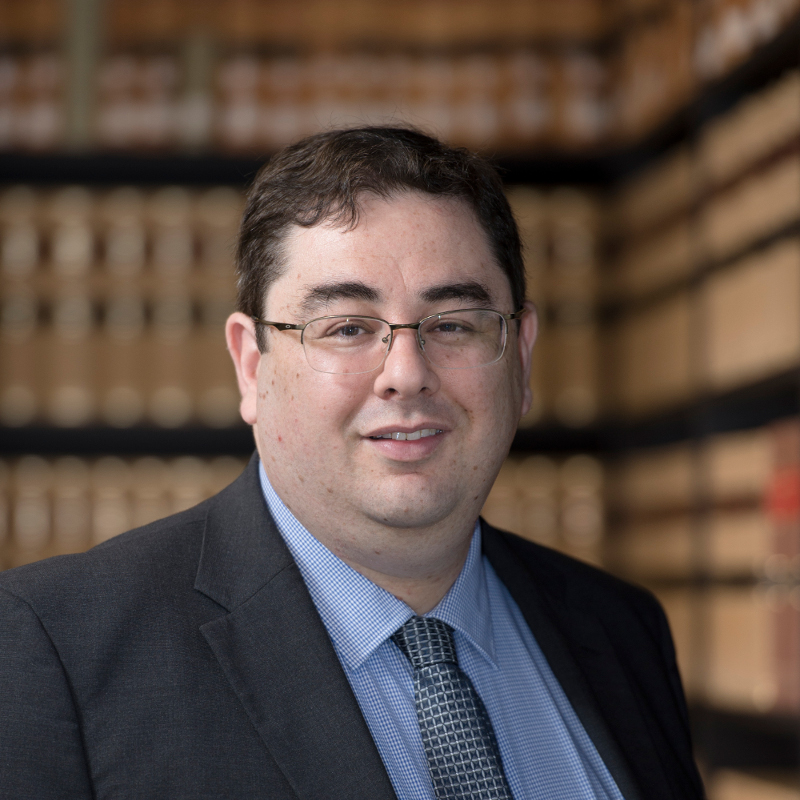 Sue Jackson’s article in the May 2009 edition of VAFT News (Volume 31, No 2, Victorian Association of Family Therapists) caused justified concern amongst some readers. This article both builds on Sue’s piece and highlight a number of concerns with it. The concerns include factual errors, omissions and underlying themes that would be of both interest and concern to those practicing Family Therapy.
Sue Jackson’s article in the May 2009 edition of VAFT News (Volume 31, No 2, Victorian Association of Family Therapists) caused justified concern amongst some readers. This article both builds on Sue’s piece and highlight a number of concerns with it. The concerns include factual errors, omissions and underlying themes that would be of both interest and concern to those practicing Family Therapy.
Sue’s article is partly based around a misrepresentation of an article by Ethan Bronner in the New York Times. Bronner’s article highlights the “utterly distinct and contrasting sets of assumptions” that come with both the Palestinian narrative and the Israeli narrative of the conflict. He argues the importance of neutrality in the media, but notes that, “every time I fail to tell the story each side tells itself, I have failed in its eyes to do my job.” Bronner’s argument, supported by examples of complaints he has received from all sides, is that some people will always complain when the media doesn’t give them exactly what they want to hear. Sue Jackson misconstrues this claiming it shows “how difficult it is for journalists to get it ‘right’”. Her article uses this mischaracterisation of Bronner as a crutch to lend legitimacy to a political claim of media bias against her chosen point of view. This is exactly the sort of behaviour which Bronner warns us about.
Jackson’s mischaracterisation of Bronner’s argument is made worse by the assertion that the narratives Bronner describes “make inevitable a stance of ‘if you are not with us, you’re against us’”. Such a view point is openly antagonistic while blaming the other for that antagonism. The suggestion of an inevitable antagonism from a Jewish colleague, if the matter of Israel is raised, suggests Jews have a single view point, and further, are unreasonably confrontational in treating all who don’t 100% agree with them as enemies. This assumption might be considered defamatory – it certainly upset some Jewish readers.
Contrary to Sue Jackson’s opening, I suspect her unease, in discussing the topic of Israel with a Jewish colleague, results from an awareness of her own strongly entrenched pro-Palestinian narrative. That narrative typically is told with an embedded hostility to Jews and Israelis. That unease is sometimes exacerbated by an irrational fear of “Jewish power” fed by antisemitic conspiracy theories, such those claiming Jews control the media, the banks, or world government. Jackson uses a biased report on the US media to make an unfounded claim of conspiracy in the Australian media. She suggests a conspiracy when she says it is “interesting, in view of Avaaz’s assertion of bias” that Suad Amiry’s visit to Melbourne a few years ago received no advertising or subsequent press coverage. My own research showed that Amiry appeared on the ABC’s “Enough Rope with Andrew Denton”. The information was readily obtainable by an internet search. Jackson mischaracterises Bronner suggesting he too supports the opinion that only one side of the story is being told. Bronner suggests no such thing. He goes to some lengths to show complaints from both sides. Jackson’s misrepresentation does not do her any credit.
In the remainder of the article, Sue Jackson uses political NGOs with anti-Israel campaigns both to promote those campaigns specifically and to promote a general anti-Israel political stance. She promotes the Palestinian narrative, to the exclusion of any opposing views, in exactly the way Bronner warns about. The use of Israeli sources who themselves promote an anti-Israel narrative, coupled with a Palestinian recital of the Palestinian narrative, strengthens this bias. The Avaaz report comes not from an “online watch dog organisation” as Jackson portrays it, but rather from a political activism organisation. An Avaaz campaign video won YouTube’s Political Video of the Year for 2007. The organisation also runs campaigns on the conflict, primarily in Israel. One campaign listed on their website is a misleading petition calling for “an end to the blockade on humanitarian aid to Gaza”. Israel itself donates and facilitates much of the aid to Gaza. Since January, 376,148 tons of aid entered Gaza via Israel.
Amid the discussion in Jackson’s article of the human cost of the security measures Israel takes to stop terrorism, there seems not to have been room to discuss humanitarian aid given to a region controlled by Hamas terrorists. Gaza was seized in 2007 by the military wing of Hamas, which is listed as a terrorist organisation by the Australian government. Nor was their room to discuss the mental cost of both terrorism and the required response on a society. Israel has conscription; the soldiers working to prevent terrorism would if they were Australian likely be in university. Both men and women do national service from the age of 18. Surely the impact on families living in a society where the children are conscripted and charged with preventing attacks targeting civilians is of equal relevance and interest? It would certainly provide the balance Bronner demands.
Jackson also discusses Machsom watch, a political Israeli NGO. Not mentioned is the fact that Machsom watch regularly omits the context of terror, uses statements based entirely on the Palestinian perspective and issues statements that are misleading and not supported by fact. Machsom Watch has also been accused by NGO Monitor of “propagating inaccurate information based on visual materials gathered at the checkpoints”. A ban on an exhibition by Machsom watch being displayed in a local teachers centre in Israel was upheld by a district court after the city’s attorney stated the exhibit constitutes “political propaganda”. Jackson uses her article to recommend another item of audio-visual propaganda from Machsom Watch.
A discussion of protests against the January war in Gaza, the fact that these were covered by Israeli television, and a discussion of an ABC documentary all follow – further evidence of a fallacy in claims about the media. While Jackson ends on a reconciliatory note, nothing in her article gives the other side. There is no mention of the security check points Israeli children have to go through each time they enter a shopping centre (much like airport security here in Australia). There is no mention of the trauma suffered by Israeli kids who live in Sderot, near Gaza, and suffer psychological trauma both from the missiles that land in their city, causing damage and death (which they sometimes witness), or from the fear of living under threat. There is nothing about the fear parents, including Jackson’s friend, must feel each time they hear of a terrorist attack near their children.
Jackson’s article provided a one sided narrative. It misrepresented Bronner while appealing to his authority. It used highly political sources all from the same position. It turned the magazine into a platform not for rational discussion, but for the distribution of political propaganda. Most concerning, however, was the media conspiracy theory and the generalised comments about Jews. Conspiracy theories that feed racial hatred should be recognised and stopped by those working in family therapy. Psychologists and social workers have a particular responsibility to help people recognise their prejudices. Learning how best to help those dealing with the result of conflict, be they local Israelis or local Palestinians, would be a nice bonus.
Andre Oboler holds a PhD in computer science from the UK and recently returned to Melbourne after a year doing post-doctoral research in political science in Israel. He is an expert in online hate.
This article was published at Dr Oboler’s site by request of the Victorian Association of Family Therapists who asked to link to it in the following edition of VAFT News (rather than publish it in full).
